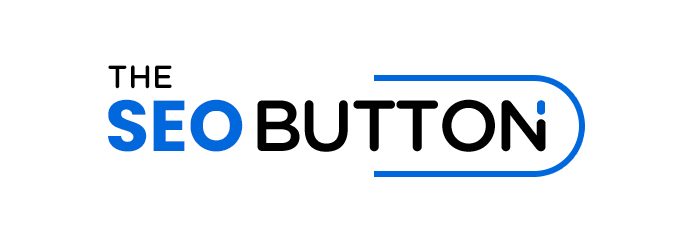
In the world of SEO and digital marketing, scaling content creation is often a daunting task. At The SEO Button, we transformed our content production from a few blogs to nearly 300 in a year, including refreshing 75 existing pieces. Here’s how we did it and what you can learn from our journey.
The Beginning: Identifying Our Content Needs
When we first started, we had a modest goal: produce high-quality content for our clients that would drive organic traffic and improve their online presence. The challenge was to scale this process without compromising content quality.
Step 1: Keyword Research
Every piece of content begins with thorough keyword research. We filter tens of thousands of keywords down to the most relevant 10-15, using tools like SEMrush and Ahrefs. These keywords are then categorized into content types—some become blog posts, while others turn into commercial pages.
Step 2: Client Collaboration
Once we have our list of potential topics, we collaborate closely with our clients. They review and approve the topics, often providing valuable insights that make the content more unique and relevant to their target audience.
Step 3: Competitor Analysis
Our SEO lead dives into competitor analysis, identifying content we can outperform. Using tools like Google searches, SEMrush, and Ahrefs, we understand what ranks well and where we can excel. This step is crucial for creating content that stands out in a crowded digital space.
Step 4: Content Briefs
We then create detailed content briefs. These briefs include insights from our keyword research, competitor analysis, and client input. The goal is to provide our writers with a clear roadmap, ensuring every article is SEO-optimized and tailored to our client’s needs.
Step 5: Writing and Optimization
Our team of skilled writers takes over, crafting each article with precision. We use tools like Frase.io to optimize content for SEO, ensuring it meets the highest standards. The content is then reviewed by the client for accuracy and quality.
Step 6: Publishing
Once the content is finalized, it’s published on the client’s website. We monitor its performance using Google Analytics, adjusting our strategies as needed to maximize impact.
Overcoming Challenges
Scaling content creation isn’t without its challenges. Here are a few hurdles we faced and how we overcame them:
Maintaining Quality
As we scaled up, ensuring each piece of content was of high quality became a top priority. We invested in training our writers and implemented a rigorous editorial process to maintain standards.
Time Management
Producing a large volume of content requires efficient time management. We relied on editorial calendars to keep track of deadlines and responsibilities, ensuring nothing fell through the cracks.
Balancing Quantity and Quality
It’s tempting to focus solely on quantity, but we knew that quality content drives better results. We struck a balance by setting clear goals for both metrics and regularly reviewing our progress.
The Results
The results speak for themselves. Our clients saw significant increases in organic search traffic, with some blogs reaching hundreds of thousands of monthly searches. Our approach not only boosted traffic but also improved conversion rates and user experience.
Key Takeaways
- Start with Solid Keyword Research: Identify keywords with the right balance of volume and difficulty.
- Collaborate with Clients: Their insights can make your content more relevant and valuable.
- Analyze Competitors: Understand what works in your niche and aim to create better content.
- Create Detailed Briefs: Provide your writers with clear guidelines to ensure consistency and quality.
- Use SEO Tools: Tools like Frase.io and SEMrush are invaluable for optimizing content.
Conclusion
Scaling content creation is a journey, not a destination. With the right strategies, tools, and team, it’s possible to produce high-quality content at scale. Whether you’re a small business owner or a large enterprise, these steps can help you achieve your content marketing goals.
Check out this YouTube video below. It details our strategies, challenges, and results. Watch, learn, and get inspired to enhance your own content strategy!
